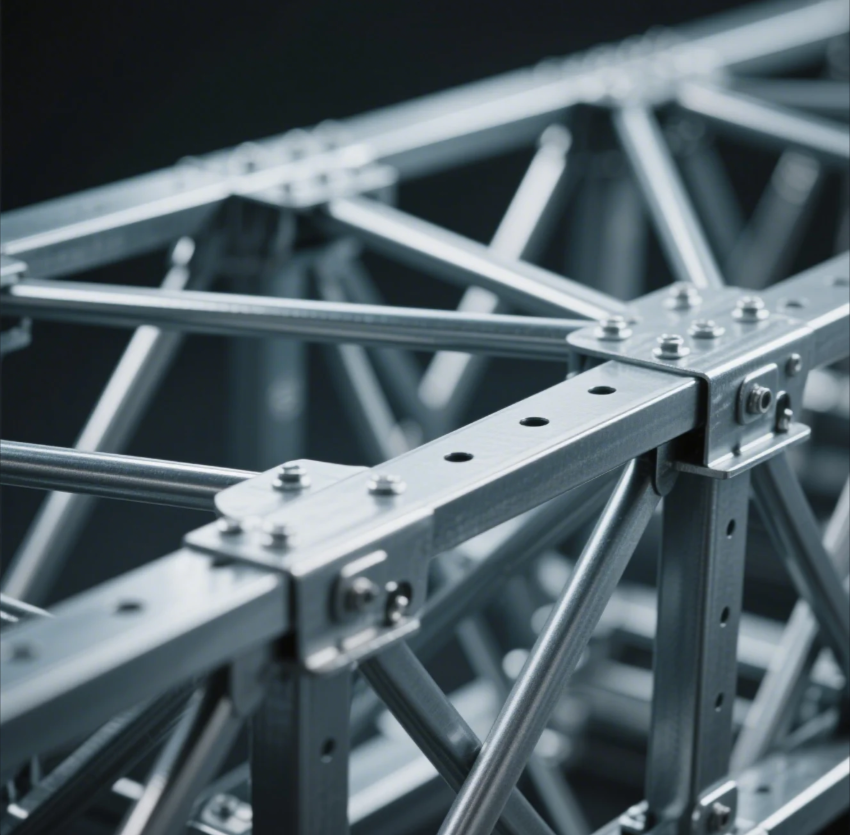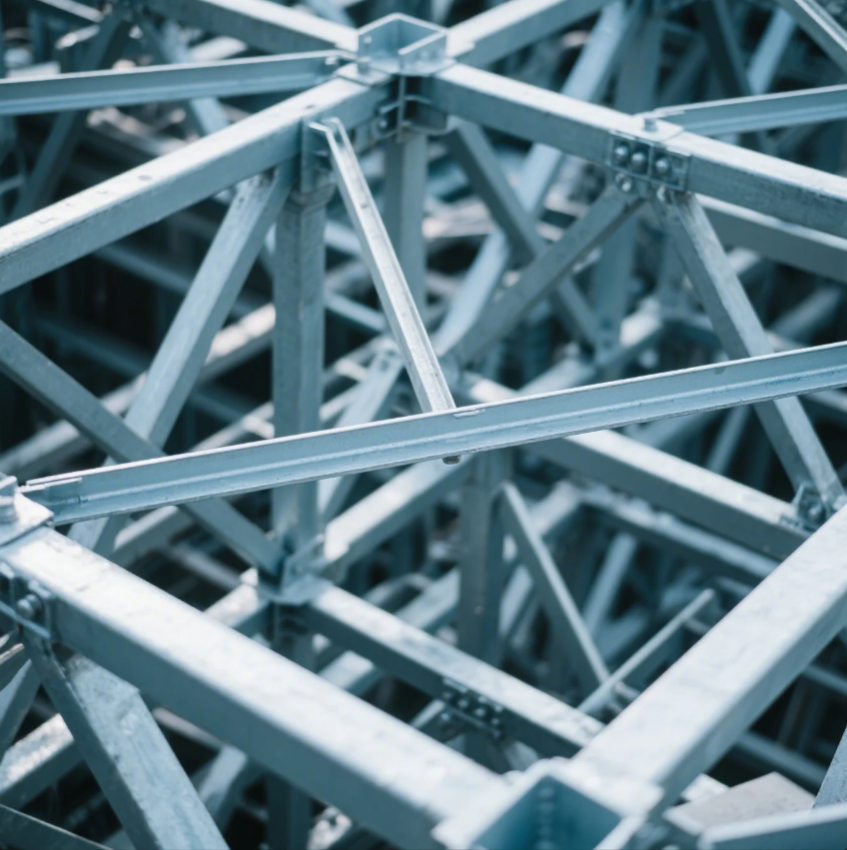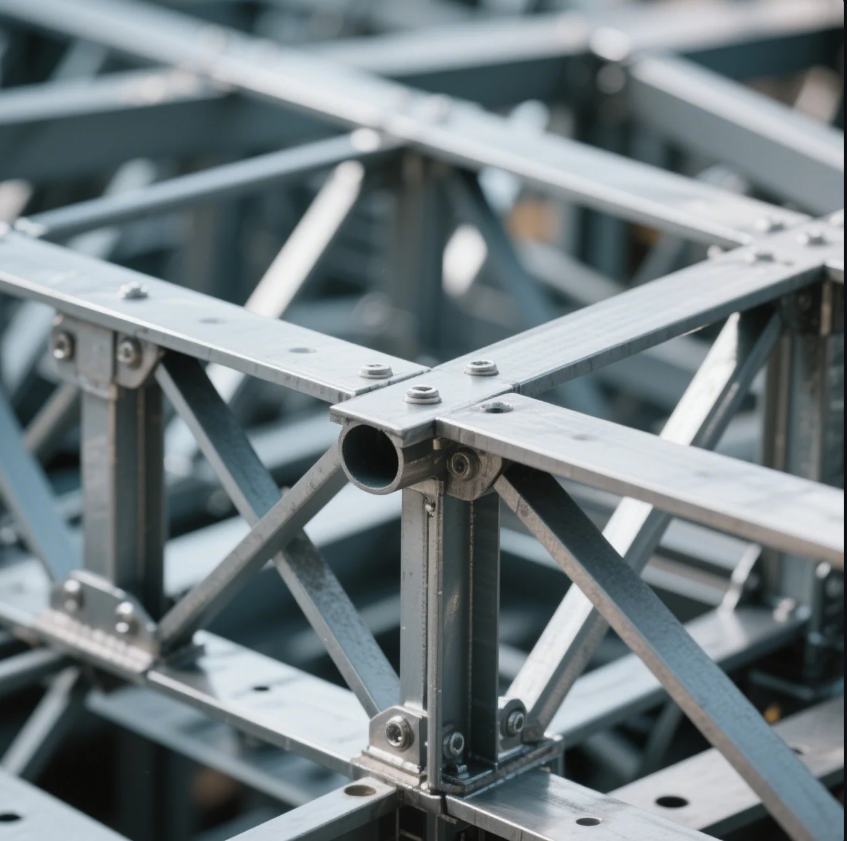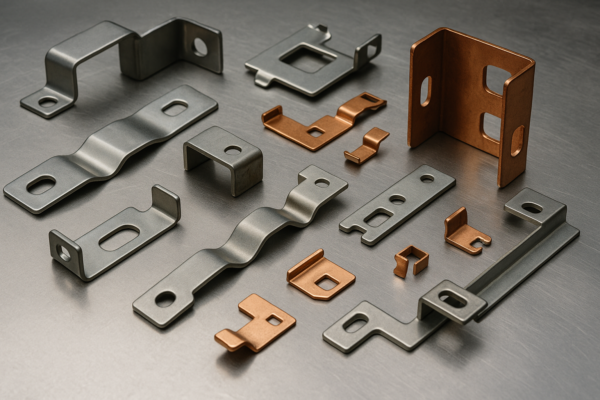What Are Simple Structures?

In construction and engineering, simple structures are systems designed to carry loads efficiently with minimal complexity. These structures typically rely on basic elements such as beams, columns, and slabs. Simple structures are easy to understand, design, and construct, making them ideal for certain types of projects. In this article, we will explore examples of simple structures, their types, and their pros and cons in construction.
Snippet paragraph:
Simple structures are essential in construction for projects requiring basic load distribution. Let’s dive into examples of simple structures, their types, and their benefits and limitations.
Transition paragraph:
Let’s explore some key examples of simple structures and understand how they are used in construction and engineering.
What Is a Simple Structure Example?

A simple structure is one that has a straightforward design, typically with few elements working together to carry loads. One common example of a simple structure is a beam supported by two columns. This structure relies on basic elements and principles, such as the beam’s ability to carry the weight applied to it and the columns’ role in transferring that load to the ground.
Snippet paragraph:
A simple structure example is a beam supported by two columns, where the beam carries weight and the columns transfer it to the foundation.
Dive Deeper
A simple beam-column structure is often used in small residential buildings, bridges, and other low-rise constructions. In this setup:
- The beam bears the load placed on it.
- The columns support the beam and transfer the load to the foundation below.
This simple arrangement makes it easy to understand and construct, and it can efficiently distribute loads without the need for complex systems.
| Simple Structure | Function | Example |
|---|---|---|
| Beam and Column | Carries load with support from columns | Bridges, Small houses |
What Are the 4 Types of Structures?

In construction, structures can be classified into four broad categories: load-bearing structures, frame structures, shell structures, and composite structures. These categories can encompass both simple and complex designs.
Snippet paragraph:
The four primary types of structures—load-bearing, frame, shell, and composite—each serve a distinct function in supporting loads and maintaining stability.
Dive Deeper
-
Load-bearing Structures: These rely on walls or supports to carry the weight of the structure. Simple load-bearing structures use walls to support both weight and provide enclosure. Older buildings and homes often use this system.
-
Frame Structures: These structures rely on beams and columns to support the load. They are often used in modern buildings, offering flexibility in design and space.
-
Shell Structures: Shell structures distribute loads across curved surfaces. Their shape helps resist external pressures. Common examples include domes and aircraft fuselages.
-
Composite Structures: These structures combine elements of different types of structures, such as using a steel frame with a concrete foundation to optimize strength and efficiency.
| Structure Type | Function | Example |
|---|---|---|
| Load-bearing | Uses walls to support weight | Historical buildings |
| Frame | Uses beams and columns for structural support | Skyscrapers, Bridges |
| Shell | Distributes load using curved shapes | Domes, Aircraft fuselages |
| Composite | Combines different structural elements for strength | Modern buildings, Stadiums |
What Are Simple Structures in Construction?

In construction, simple structures typically refer to systems that are easy to design and build with a limited number of elements. These structures generally include basic components like beams, columns, walls, and foundations that work together to carry loads efficiently without complex design.
Snippet paragraph:
In construction, simple structures are easy to design and build, often relying on beams, columns, and foundations to provide stability and support.
Dive Deeper
Common examples of simple structures in construction include:
- Beam and column systems: These are the simplest structural systems used in construction. They provide basic load-bearing capacity and are often used for small buildings, bridges, and canopies.
- Load-bearing walls: In older homes or buildings, load-bearing walls support the weight of the structure above them, making the design straightforward and easy to understand.
- Trusses: Simple trusses, consisting of triangular arrangements of beams, are commonly used in roofs and bridges to support loads effectively.
While these structures are simple, they are often the best choice for smaller projects that don’t require complex systems but still need to maintain safety and durability.
| Simple Structure | Function | Example |
|---|---|---|
| Beam and Column | Carries loads using beams and columns | Small buildings, Bridges |
| Load-bearing Walls | Supports weight through walls | Traditional homes, Cottages |
| Trusses | Distributes loads in triangular beams | Roofs, Bridges |
What Are the Pros and Cons of Simple Structures?

While simple structures offer many advantages, they also come with certain limitations. Let’s take a look at the key pros and cons of using simple structures in construction.
Snippet paragraph:
Simple structures are cost-effective and easy to build, but they may lack flexibility and require more material for larger projects.
Dive Deeper
Pros of Simple Structures:
- Cost-Effective: Simple structures are often cheaper to build due to fewer materials and less complex design work.
- Easy to Build: These structures are straightforward to design, requiring fewer resources, fewer specialized skills, and less time.
- Efficiency: For smaller projects, simple structures can be highly efficient in distributing loads and ensuring stability.
- Quick Construction: Because the design is simple, these structures can often be constructed much faster than complex systems.
Cons of Simple Structures:
- Limited Design Flexibility: Simple structures can be limiting in terms of aesthetic design and layout, making them unsuitable for large-scale or high-complexity buildings.
- Not Suitable for Large Loads: While simple structures work well for smaller buildings, they may not be able to handle the heavy loads required for larger buildings, skyscrapers, or infrastructure.
- Efficiency Reductions in Larger Projects: As the scale of the structure increases, the material usage and design requirements may become less efficient, potentially requiring additional reinforcement or complexity.
| Pros | Cons |
|---|---|
| Cost-effective, less material needed | Limited design flexibility for larger projects |
| Quick construction and easy to build | May not handle large loads as effectively |
| Efficient for small, simple projects | Efficiency decreases as scale increases |
Conclusion
In conclusion, simple structures are the foundation of many smaller construction projects, providing stability and efficiency without the complexity of larger systems. From beam and column designs to load-bearing walls, these structures are cost-effective and easy to construct. While they are not suitable for large-scale projects or high-load scenarios, their simplicity and practicality make them ideal for many residential and small commercial buildings.







